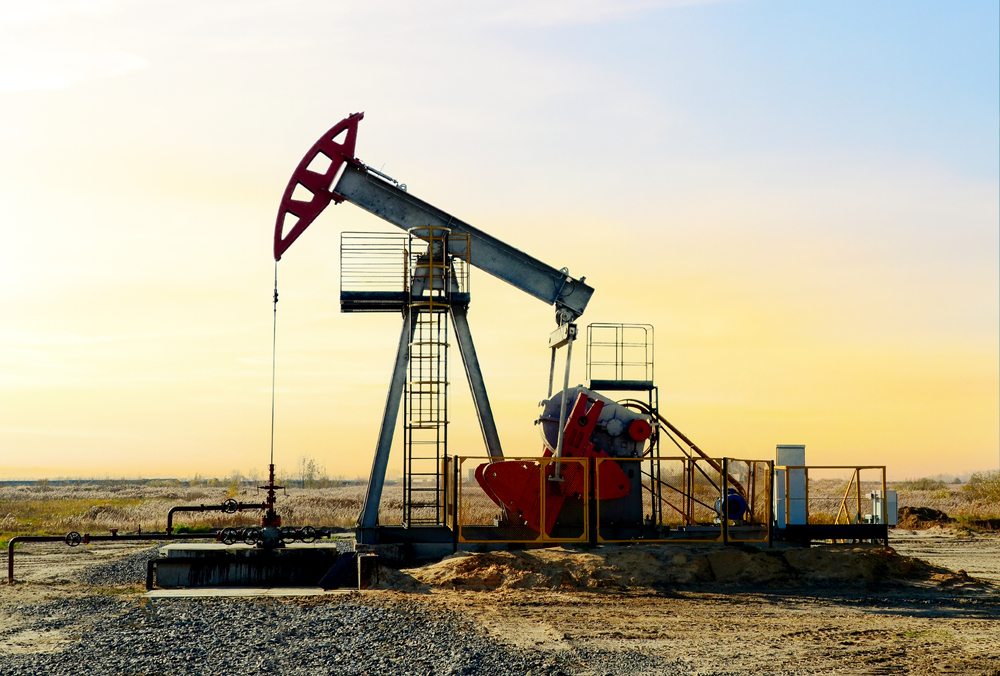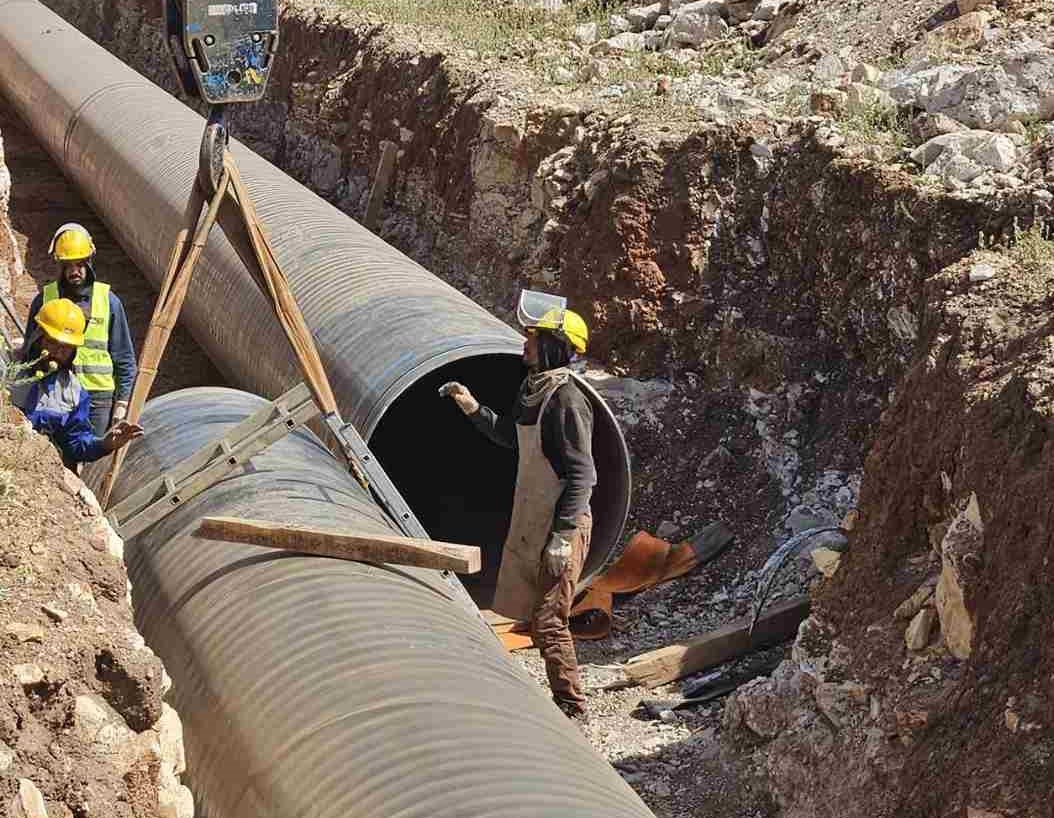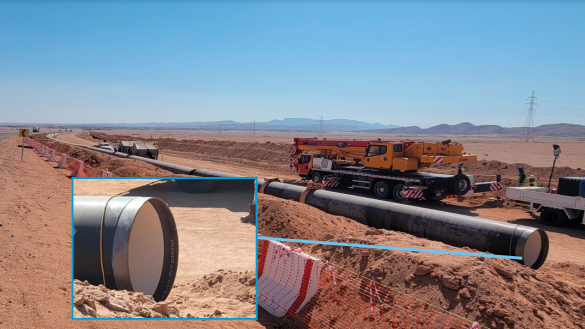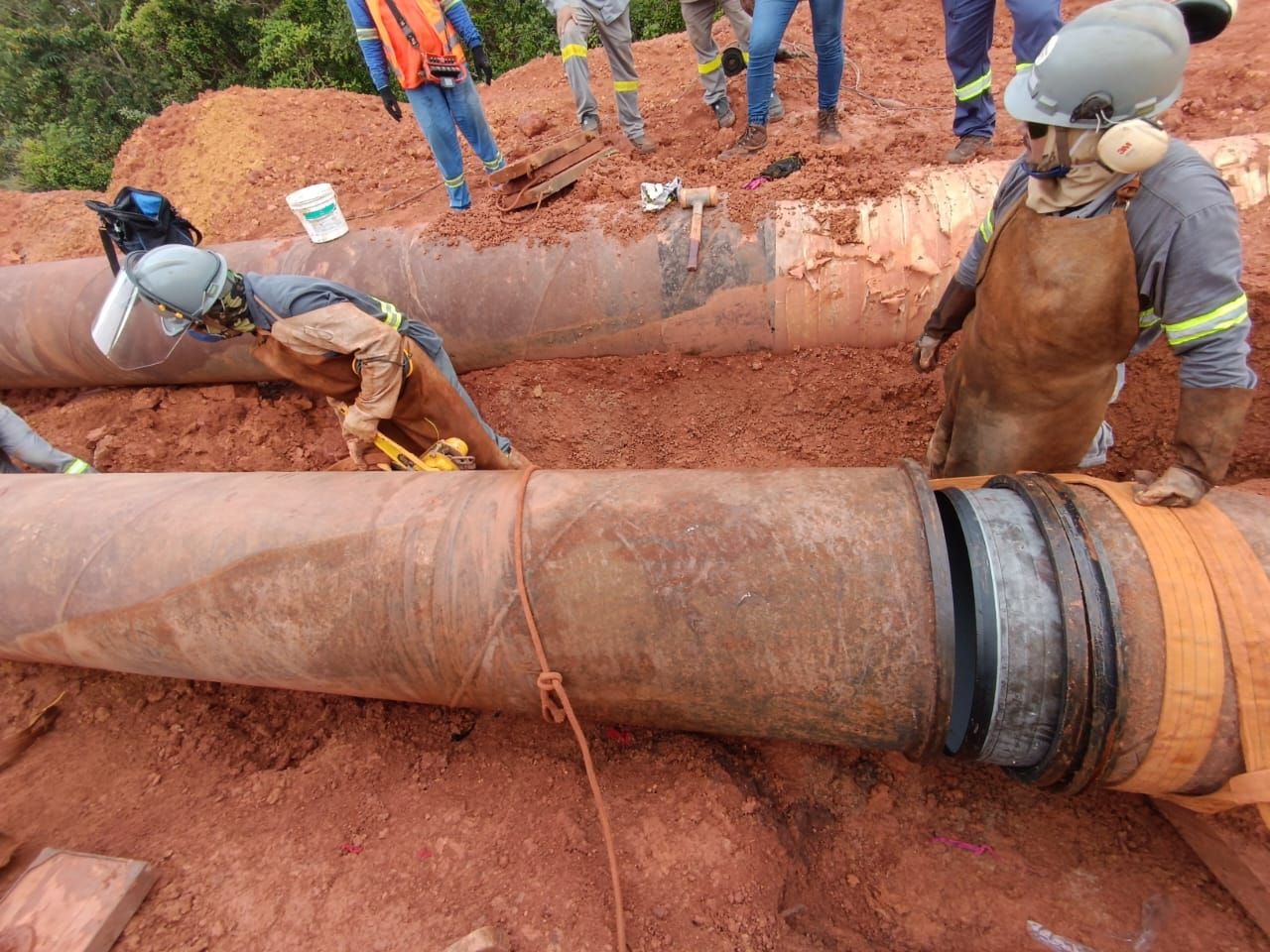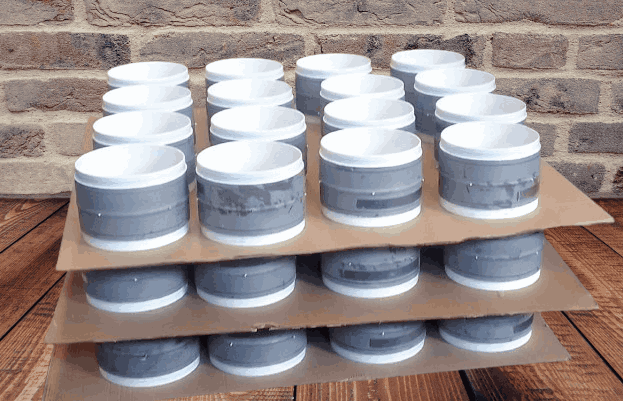Let’s have a look at what is oil drilling!
Oil drilling is an important engineering process that has been used for centuries to extract combustible fuels from the earth. This is a procedure that every oil and gas industry uses. It is a complex and multi-faceted process that involves a variety of tools and techniques to access the oil and natural gas that lies beneath the surface.
This comprehensive guide to oil drilling will provide an overview of what oil drilling is, why it is done, and how it is done, as well as safety considerations and environmental impacts. With this knowledge, readers will gain a better understanding of the process and the impact it has on our society.
You may also like our blog: How Natural Gas Extracted?
What Is Oil Drilling?
Oil drilling is an engineering process to extract crude oil from the earth’s crust. The crude oil is stored in reservoirs deep underground and must be extracted for use. The process involves drilling into the earth and using a variety of tools and techniques to access the oil, transport it to the surface, and prepare it for use.
When drilling, a drilling rig uses a drill bit to bore a hole in the earth. The drill bit has many blades that rotate and break through the crust, allowing for the extraction of oil. Drilling is an extremely complex process that requires a multitude of different tools and techniques.
The Origins Of Oil Drilling
Oil drilling has been around for thousands of years, but it wasn’t until the 19th century that oil drilling was used on a large scale. The first well was drilled in Pennsylvania in 1859. Over time, many more wells were drilled and eventually an industry formed to support this new form of energy production.
Oil drilling also spread outside of North America during this time period, with Russia being one of the first countries to begin exploration and extraction efforts on its own soil.
What Is The Purpose Of Oil Drilling?
You may now know what is oil drilling, now see what is the purpose of oil drilling. Oil drilling is done to extract crude oil from the earth’s crust and use it to create energy. Crude oil is a hydrocarbon that can be used in a variety of ways, including:
- As a fuel source in cars and other forms of transportation
- As a feedstock to make various chemicals such as paraxylene, ethylene, benzene, and butadiene.
How To Do Oil Drilling?
While there are many methods and technologies used to access the crude oil, there are three main processes that are commonly used in oil drilling. These three main processes are:
- Drilling in an established oil field
- Horizontal drilling
- Fracking
Safety Considerations For Oil Drilling
As with all industries, oil drilling has numerous safety considerations. Some of the most important safety considerations for oil drilling include:
Safety in drilling
This includes the dangers associated with the drilling process itself, such as the risk of a blowout, the risk of a fire or explosion, and the risk of the drill bit getting stuck.
Safety in transport
The major safety considerations with transporting the crude oil, including the risk of spills, the risk of accidents, and the risk of contamination.
Safety in storage
There are also many safety considerations associated with the storage of crude oil, including the risk of contamination and the risk of an explosion.
Environmental Impacts Of Oil Drilling
Drilling for crude oil has many environmental impacts. Some of the most important environmental impacts of oil drilling include:
Contamination of water
Drilling for crude oil often requires water, which is then transported to the surface and disposed of. The disposal of the water often leads to contamination of the water.
Contamination of soil
Drilling for crude oil also often requires soil, which is then transported to the surface and disposed of. The disposal of the soil often leads to contamination of the soil.
Air pollution
The burning and transporting of crude oil also often leads to air pollution, which can impact health and the environment
Benefits Of Oil Drilling
Oil drilling has many benefits. Some of the main benefits of oil drilling include: –
More Efficient Transportation
Crude oil is used as a fuel source to power automobiles, airplanes, and trains. With more efficient drilling for crude oil, there is an increased ability to transport people and goods across the globe.
More Efficient Production Of Chemicals
Crude oil is also feedstock that is used in the production of a variety of chemicals. With more efficient drilling for crude oil, there is an increased ability to produce these chemicals.
Production Of Asphalt
Crude oil is feedstock that is used in the production of asphalt. With more efficient drilling for crude oil, there is an increased ability to produce asphalt.
Challenges Of Oil Drilling
Drilling for crude oil has many challenges. Some of the most important challenges of oil drilling include:
Scarcity of oil
Crude oil is a finite resource that has been declining in availability and increasing in cost for decades. As the supply of crude oil drops and demand increases, the cost of crude oil has risen, making it more expensive to produce
Location of oil fields
Crude oil is stored in reservoirs deep underground, making it difficult to access. In addition, oil fields are often located in remote areas, increasing the difficulty of drilling.
FAQs
What is a drilling rig?
A drilling rig is a device that supports and houses the equipment used to drill wells in the exploration and production of petroleum. Drilling rigs can be massive structures, standing 30 stories high, built on concrete pads or on platforms built out over the water. They can cost tens of millions of dollars and take months to construct.
What is fracking?
Fracking refers to hydraulic fracturing, which is a technique used during drilling that uses sand, water and chemicals to break up shale rock formations so that natural gas can be extracted. Fracking has become controversial because of concerns over its impact on water quality and potential health implications for humans living near wells that have been fracked.
How long does it take to drill an oil well?
The length of time it takes to drill an oil or gas well varies by location and technical factors such as the depth and formation being penetrated. A shallow well can be completed in a few days or weeks, while deeper wells may take months or years to complete.
Conclusion
We hope the article “What is oil drilling” has given you a better understanding of how oil drilling works and its environmental impacts. Whether we like it or not, oil is an important part of our lives — but it’s something that needs to be used responsibly by everyone so we can continue to enjoy its benefits without harming the planet in the process.

